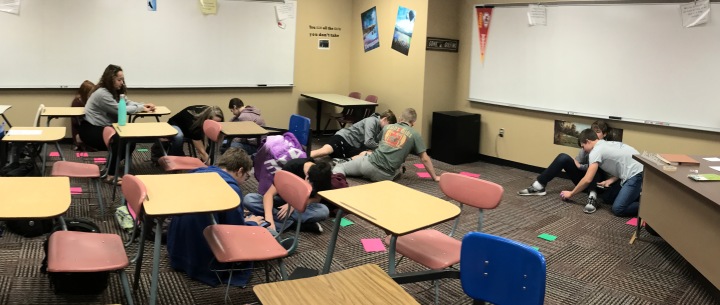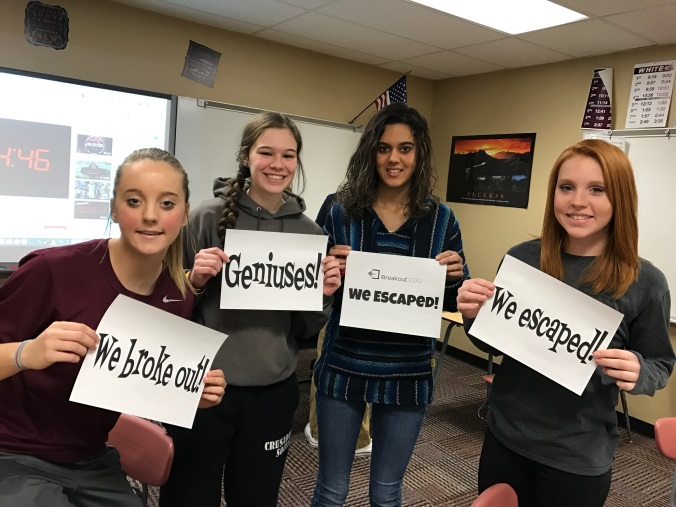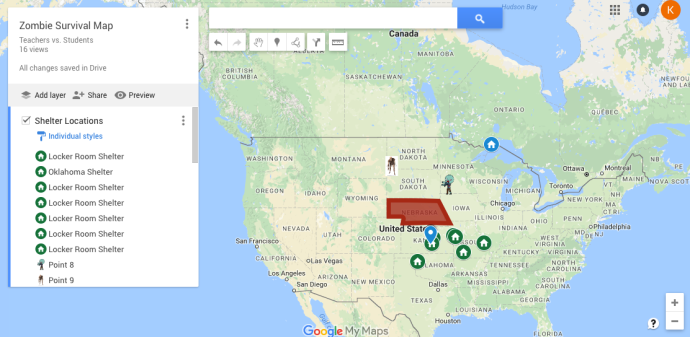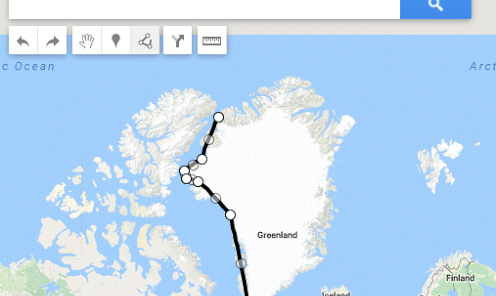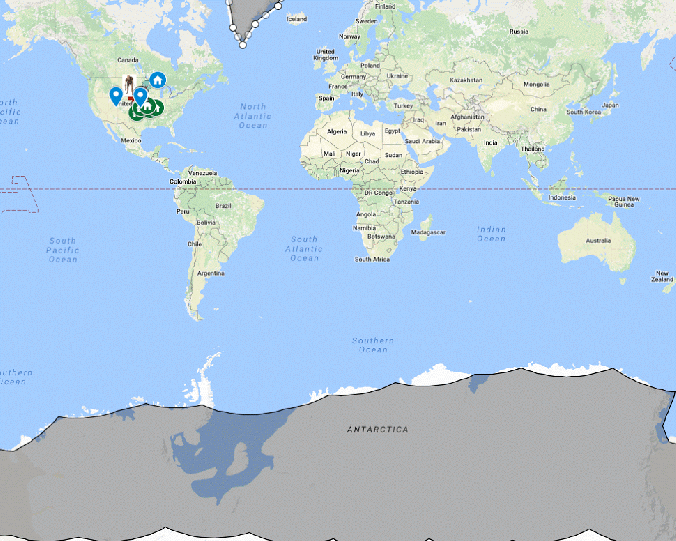Quality, engaging discussion is the unicorn of the classroom. You’ll know it when you see it but it is rarely seen. I can count on one hand the times my questions achieved this. Which is why I finally stopped asking the questions two years ago.
Students should be the ones asking the questions.
I wanted my students (6th graders) to be reading the entirety of high quality literature, not just parts of the basal I was given. My first year mentor, Stacy Harris, introduced me to literature circles right away to help us do this.
If you’re not familiar with literature circles, here are the basics. Your students are in charge of everything. They read the assigned section each day, then they complete a job. Examples of jobs are discussion director, summarizer, connector, illustrator, etc… adding jobs that by the skills that need worked on. The next day, each group gathers to discuss the discussion director’s open-ended questions, share and critique their jobs, and read together.
My job during this seemed to boil down to making sure they did their jobs and trying to get them to care about the discussion they were having. It was exhausting and I felt like I was physically trying to pull discussion out of them. They didn’t care.
Create is in DOK 4 and at the top of Bloom’s Revised Taxonomy. Our kids should be creating things often. In five years of teaching I had moved away from traditional assessments to asking students to create something with what they knew. So we applied that to the learning experience of literature circles by creating a podcast episode every day.
Our students know podcasts and they know about engaging an audience digitally. You just have to let them.
Each student’s job in the literature circle is their “segment” of the podcast. As a class we identified aspects of good questions and discussion using Socratic circles at the beginning of the year. After that, we were off. It is chaotic with so many groups talking at once, that’s how we know students are engaged. Students WANT to have high level discussion because they are performing for an audience and creating something. Kids know how to do this. They use humor effectively (and it will get them off topic, but adults do this too, let them learn to bring it back on topic without you jumping on them right away for being off-task), they have serious, passionate conversations, and they are good at creating something special together. The only question I asked them to discuss each day is, “What surprised you?” I learned that genius tip from Kylene Beers and Bob Probst.
Recording discussions has the added benefit of giving you time to sit down and guest star on different group’s podcasts each day and still be able to go back and listen to others. When students are engaged in creating something together, the teacher spends less time policing and more time engaging in feedback and dialogue with her students. By changing the structure and segment expectations, podcasts can happen in any class where students are discussing their learning. Which should be all classes, and they should not be an end-of-unit project, they should BE the unit.
Here’s the practical stuff:
On iOS, iPads or iPhones, use an app called Opinion. Students create an account that gives them their own podcast site. Up to 10 minutes is free. If a group needed longer, they would upload and start over with part two of that day’s episode.
Opinion workflow
On Mac, use Garage Band for the ability to edit. QuickTime will record audio but won’t allow you to edit. On Chrome, Vocaroo is good for recording and Twisted Wave allows recording and editing.
If you use Opinion, have students post the link to their podcast site to a shared Google Spreadsheet or your class site. For the others, have them save the file to their Drive and share the public link to it with the class.
Stop killing yourself trying to craft questions. Kids can do this, focus your time and energy on learning with them and pushing their thinking with quality and timely feedback.










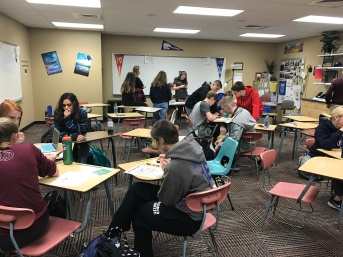 t time working with high schoolers during my teaching career, having worked exclusively in an elementary school for five years. I wasn’t intimidated by these older students, as I may have been early on in my career, and as some are who have only taught primary their whole career. I was nervous because I knew high schoolers to be compliant on the whole, but extremely hard to engage, and I cannot stand a disengaged class.
t time working with high schoolers during my teaching career, having worked exclusively in an elementary school for five years. I wasn’t intimidated by these older students, as I may have been early on in my career, and as some are who have only taught primary their whole career. I was nervous because I knew high schoolers to be compliant on the whole, but extremely hard to engage, and I cannot stand a disengaged class.